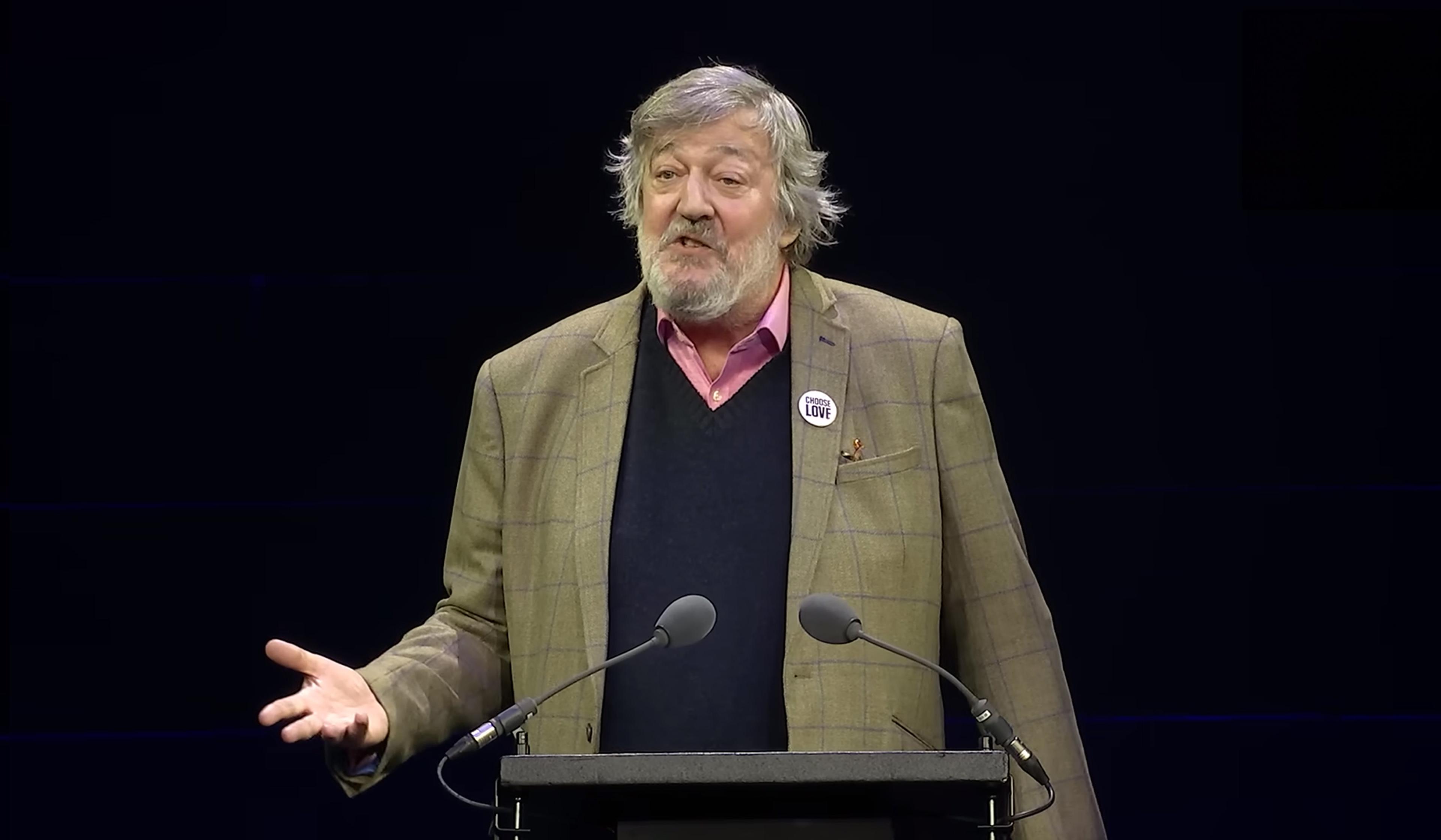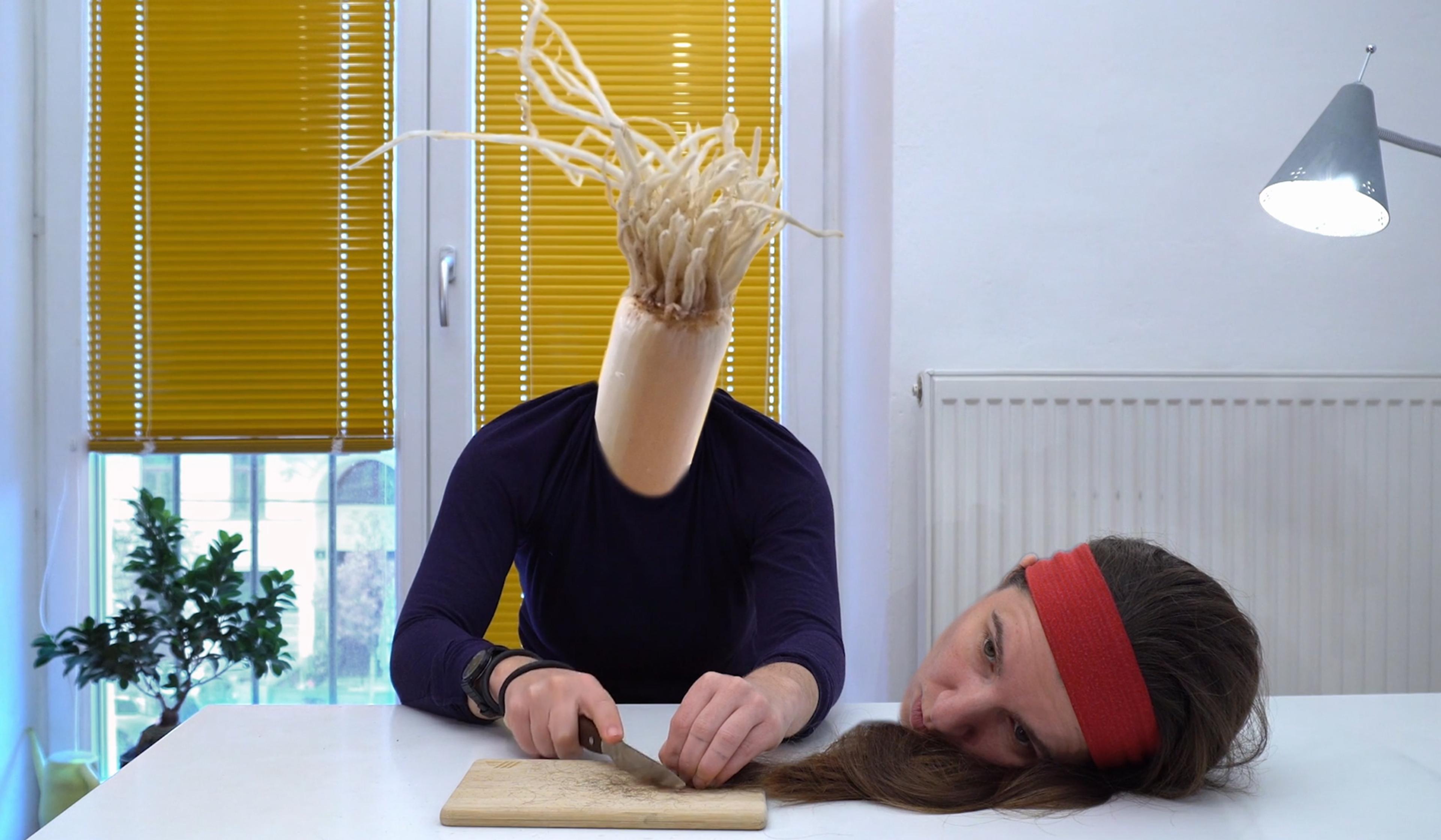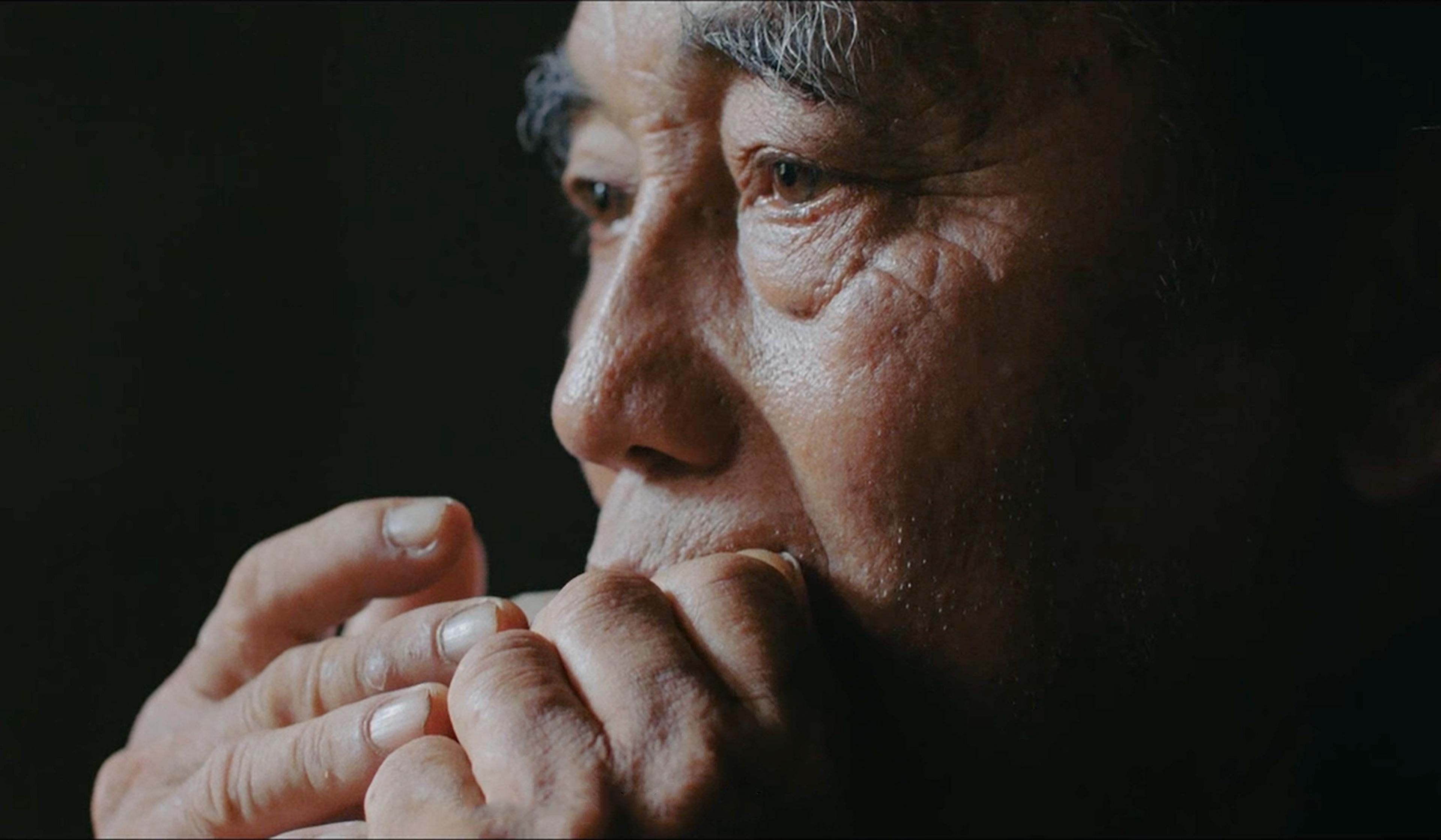Aeon Video has a monthly newsletter!
Get curated editors’ picks, peeks behind the scenes, film recommendations and more.
Singing Mozart in the MRI shows how overtone singers can hit two notes at once
In polyphonic overtone singing, vocalists manipulate their tongue, mouth and throat to produce two tones at once. While the technique has emerged in disparate societies, it is thought to have originated in (and is most commonly associated with) Mongolian culture. For this video, the German singer Anna-Maria Hefele entered an MRI machine to perform Mozart’s ‘Sehnsucht nach dem Frühling’ (‘Longing for Springtime’), alternating between ‘normal’ monophonic and polyphonic overtone singing. Produced by researchers at the Freiburg Institute for Musicians’ Medicine in Germany, the MRI imagery provides an extraordinary peak into the distinct differences between these singing styles, revealing yet another marvel of human physiology.
Via Open Culture
Video by the Freiburg Institute for Musicians’ Medicine
Performer: Anna-Maria Hefele

video
Biography and memoir
As her world unravels, Pilar wonders at the ‘sacred geometry’ that gives it structure
20 minutes

video
Meaning and the good life
Why strive? Stephen Fry reads Nick Cave’s letter on the threat of computed creativity
5 minutes

video
Physics
Find the building blocks of nature within a single, humble snowflake
4 minutes

video
Technology and the self
An artist swaps her head with everyday objects in a musing on consumerism
4 minutes

video
Art
The overlooked polymath whose theatrical oeuvre made all of Rome a stage
30 minutes

video
Physics
Why the golden age of total solar eclipses is already behind us
5 minutes

video
Film and visual culture
An augmented-reality filter reveals the hidden movements all around us
7 minutes

video
Beauty and aesthetics
The grit of cacti and the drumbeat of time shape a sculptor’s life philosophy
11 minutes

video
Language and linguistics
Messages born of melody – hear the whistled language of the Hmong people
18 minutes